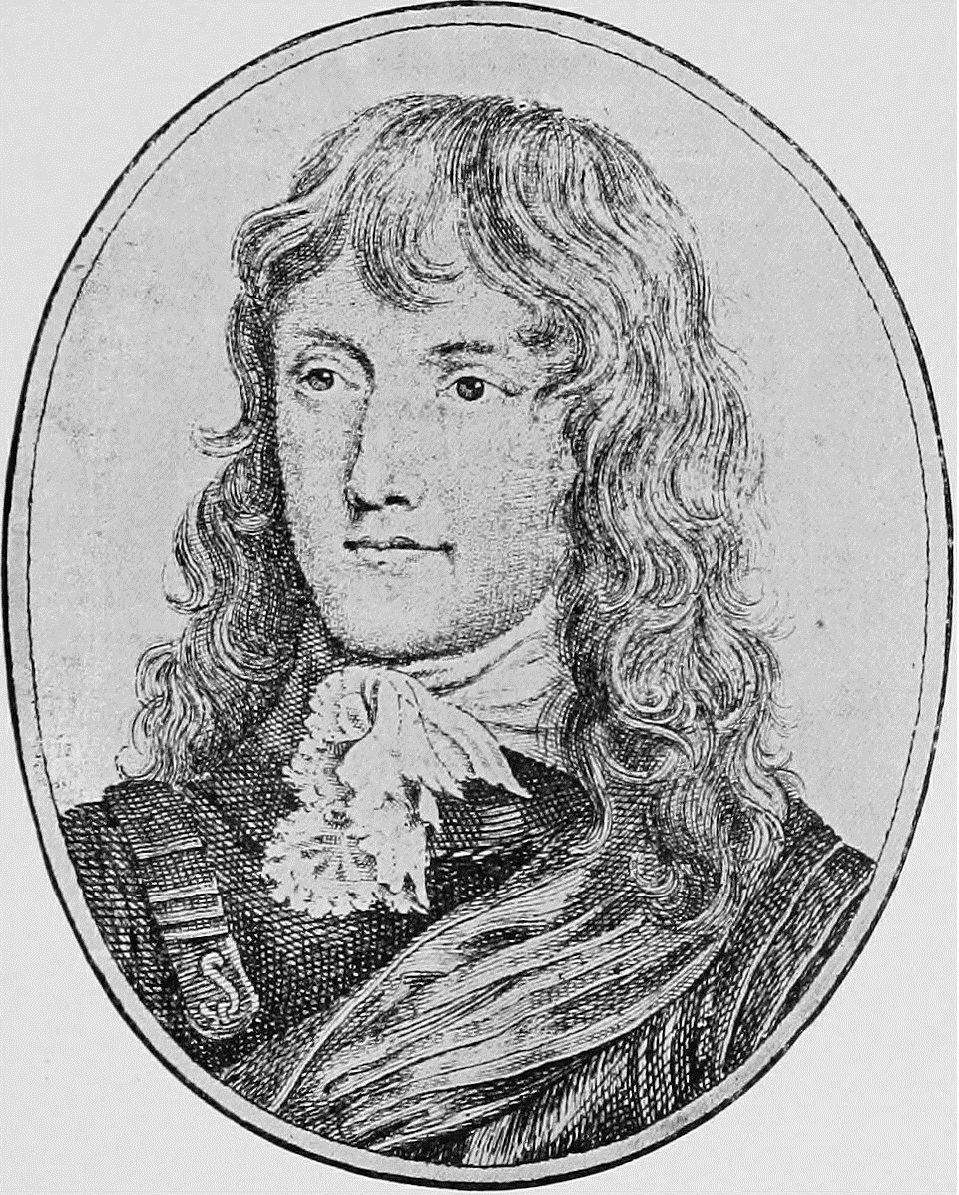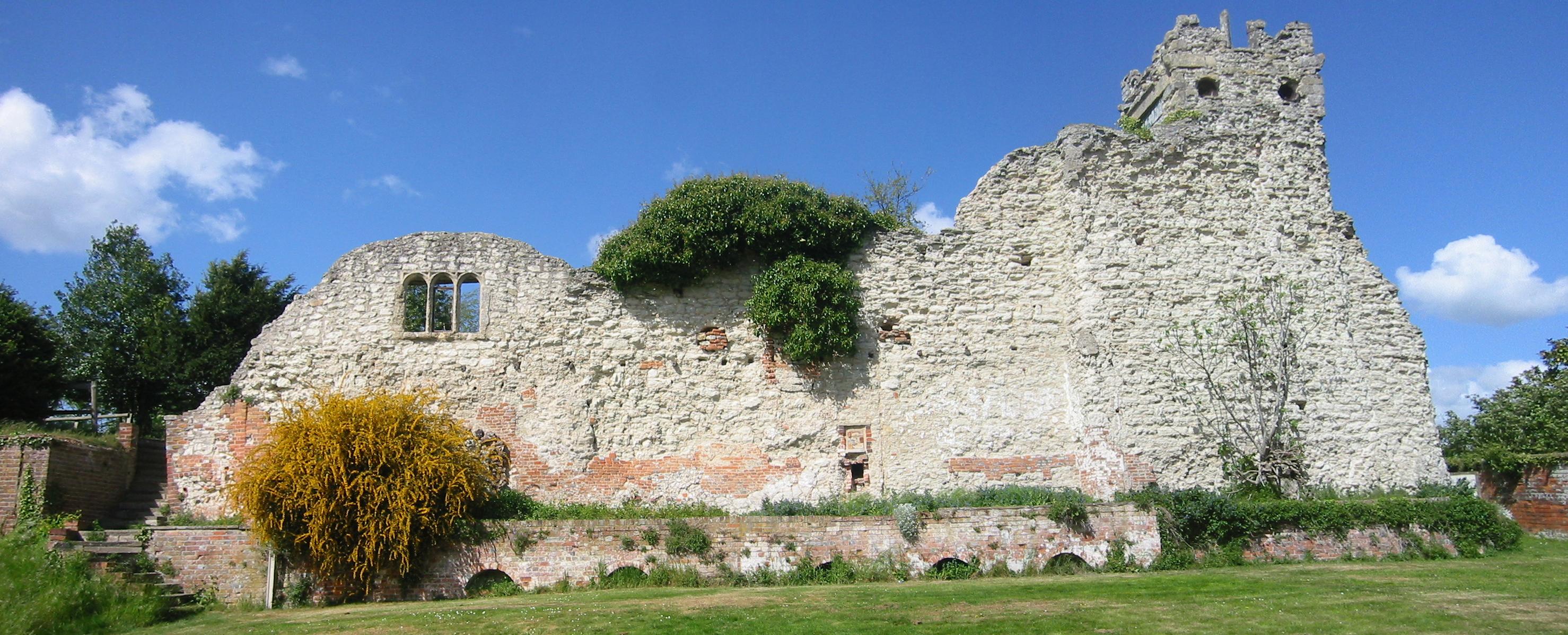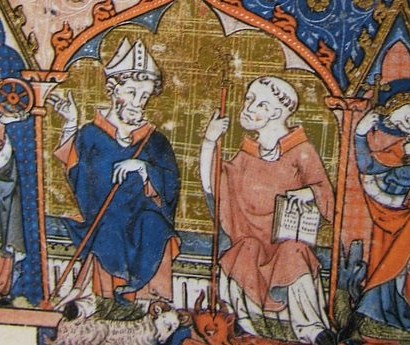|
First English Civil War, 1646
1646 was the fifth and final year of the First English Civil War. By the beginning of 1646 military victory for the Parliamentary forces was in sight. A Royalist army was defeated in the field at the Battle of Torrington on 16 February and the last Royalist field army was defeated at the Battle of Stow-on-the-Wold on 21 March. From then on the New Model Army mopped up the remaining Royalist strongholds. The politics moved into a post war phase with all major the factions in England and Scotland, trying to reach an accommodation with King Charles I of England, Charles I that would further their own particular interests. 1646 end of the war At the start of 1646 the only field army remaining to Charles I was George Goring, Lord Goring, Lord Goring's, and though Ralph Hopton, 1st Baron Hopton, Lord Hopton, who sorrowfully accepted the command after Goring's departure, tried at the last moment to revive the memories and the local patriotism of 1643, it was of no use to fight against ... [...More Info...] [...Related Items...] OR: [Wikipedia] [Google] [Baidu] |
First English Civil War
The First English Civil War took place in England and Wales from 1642 to 1646, and forms part of the 1639 to 1653 Wars of the Three Kingdoms. They include the Bishops' Wars, the Irish Confederate Wars, the Second English Civil War, the Anglo-Scottish war (1650–1652) and the 1649 to 1653 Cromwellian conquest of Ireland. Historians estimate that between 15% to 20% of all adult males in England and Wales served in the military between 1639 to 1653, while around 4% of the total population died from war-related causes. This compares to a figure of 2.23% for World War I, which illustrates the impact of the conflict on society in general and the bitterness it engendered. Conflict over the role of Parliament and religious practice dated from the accession of James VI and I in 1603. These tensions culminated in the imposition of Personal Rule in 1629 by his son, Charles I, who finally recalled Parliament in April and November 1640. He did so hoping to obtain funding that ... [...More Info...] [...Related Items...] OR: [Wikipedia] [Google] [Baidu] |
John Belasyse, 1st Baron Belasyse
John Belasyse, 1st Baron Belasyse (or Bellasis) (24 June 1614 – 10 September 1689) was an English nobleman, Royalist officer and Member of Parliament, notable for his role during and after the Civil War. He suffered a long spell of imprisonment during the Popish Plot, although he was never brought to trial. From 1671 until his death he lived in Whitton, near Twickenham in Middlesex. Samuel Pepys was impressed by his collection of paintings, which has long since disappeared. Origins He was born at Newburgh Grange, Yorkshire and was baptised on 24 July 1614 at Coxwold, Yorkshire. He was the second son of Thomas Belasyse, 1st Viscount Fauconberg (1577–1652), a Member of Parliament for Thirsk in the Short and Long Parliaments, by his wife Barbara Cholmondeley, a daughter of Sir Henry Cholmondeley of Roxby in Yorkshire.. Career Civil War Shortly after the start of the Civil War, he was "disabled" from sitting in the Long Parliament as he had joined the Royalist cause. He ... [...More Info...] [...Related Items...] OR: [Wikipedia] [Google] [Baidu] |
Second English Civil War
The Second English Civil War took place between February to August 1648 in England and Wales. It forms part of the series of conflicts known collectively as the 1639-1651 Wars of the Three Kingdoms, which include the 1641–1653 Irish Confederate Wars, the 1639-1640 Bishops' Wars, and the 1649–1653 Cromwellian conquest of Ireland. Following his defeat in the First English Civil War, in May 1646 Charles I surrendered to the Scots Covenanters, rather than Parliament. By doing so, he hoped to exploit divisions between English and Scots Presbyterians, and English Independents. At this stage, all parties expected Charles to continue as king, which combined with their internal divisions, allowed him to refuse significant concessions. When the Presbyterian majority in Parliament failed to dissolve the New Model Army in late 1647, many joined with the Scottish Engagers in an agreement to restore Charles to the English throne. The Scottish invasion was supported by Royalist ris ... [...More Info...] [...Related Items...] OR: [Wikipedia] [Google] [Baidu] |
English Independents
In Welsh and English church history, Independents advocated local congregational control of religious and church matters, without any wider geographical hierarchy, either ecclesiastical or political. They were particularly prominent during the Wars of the Three Kingdoms as well under the Commonwealth and Protectorate. The New Model Army became the champion of Independent religious views and its members helped carry out Pride's Purge in December 1648. Unlike their Presbyterian allies, Independents rejected any state role in religious practice, including the Church of England, and advocated freedom of religion for most non-Catholics. Their religious views led some to back radical political groups such as the Levellers, who supported concepts like Republicanism, universal suffrage and joint ownership of property. History At the outbreak of the First English Civil War in August 1642, the cause of Parliament was supported by an uneasy alliance between traditional members of the Ch ... [...More Info...] [...Related Items...] OR: [Wikipedia] [Google] [Baidu] |
George Joyce
Cornet George Joyce (born 1618) was a low-ranking officer in the Parliamentary New Model Army during the English Civil War. Between 2 and 5 June 1647, while the New Model Army was assembling for rendezvous at the behest of the recently formed Army Council, Joyce seized King Charles I from Parliament's custody at Holdenby House and took him to Thomas Fairfax's headquarters on Triplo Heath (8 miles south of Cambridge), a move that weakened Parliament's position and strengthened the Army's. On 17 June 1650 Joyce was appointed governor of the Isle of Portland An isle is an island, land surrounded by water. The term is very common in British English. However, there is no clear agreement on what makes an island an isle or its difference, so they are considered synonyms. Isle may refer to: Geography * ..., in the August he was given a commission as lieutenant-colonel in a regiment raised by Colonel James Henne. Notes and references 1618 births Roundheads Year of deat ... [...More Info...] [...Related Items...] OR: [Wikipedia] [Google] [Baidu] |
Harlech Castle
Harlech Castle ( cy, Castell Harlech; ) in Harlech, Gwynedd, Wales, is a Grade I listed medieval fortification built onto a rocky knoll close to the Irish Sea. It was built by Edward I during his invasion of Wales between 1282 and 1289 at the relatively modest cost of £8,190. Over the next few centuries, the castle played an important part in several wars, withstanding the siege of Madog ap Llywelyn between 1294 and 1295, but falling to Prince Owain Glyndŵr in 1404. It then became Glyndŵr's residence and military headquarters for the remainder of the uprising until being recaptured by English forces in 1409. During the 15th century Wars of the Roses, Harlech was held by the Lancastrians for seven years, before Yorkist troops forced its surrender in 1468, a siege memorialised in the song " Men of Harlech". Following the outbreak of the English Civil War in 1642, the castle was held by forces loyal to Charles I, holding out until 1647 when it became the last fortif ... [...More Info...] [...Related Items...] OR: [Wikipedia] [Google] [Baidu] |
Raglan Castle
Raglan Castle ( cy, Castell Rhaglan) is a late medieval castle located just north of the village of Raglan in the county of Monmouthshire in south east Wales. The modern castle dates from between the 15th and early 17th centuries, when the successive ruling families of the Herberts and the Somersets created a luxurious, fortified castle, complete with a large hexagonal keep, known as the Great Tower or the Yellow Tower of Gwent. Surrounded by parkland, water gardens and terraces, the castle was considered by contemporaries to be the equal of any other in England or Wales. During the First English Civil War, Raglan was occupied by a Royalist garrison on behalf of Charles I but was taken by Parliamentarian forces in 1646 and its walls slighted, or deliberately put beyond military use. After the Stuart Restoration in 1660, the Somersets declined to restore it and it became first a source of local building materials, then a romantic ruin. It is now a tourist attraction. His ... [...More Info...] [...Related Items...] OR: [Wikipedia] [Google] [Baidu] |
Scottish Highlands
The Highlands ( sco, the Hielands; gd, a’ Ghàidhealtachd , 'the place of the Gaels') is a historical region of Scotland. Culturally, the Highlands and the Lowlands diverged from the Late Middle Ages into the modern period, when Lowland Scots replaced Scottish Gaelic throughout most of the Lowlands. The term is also used for the area north and west of the Highland Boundary Fault, although the exact boundaries are not clearly defined, particularly to the east. The Great Glen divides the Grampian Mountains to the southeast from the Northwest Highlands. The Scottish Gaelic name of ' literally means "the place of the Gaels" and traditionally, from a Gaelic-speaking point of view, includes both the Western Isles and the Highlands. The area is very sparsely populated, with many mountain range A mountain range or hill range is a series of mountains or hills arranged in a line and connected by high ground. A mountain system or mountain belt is a group of mountain ran ... [...More Info...] [...Related Items...] OR: [Wikipedia] [Google] [Baidu] |
James Graham, 1st Marquess Of Montrose
James Graham, 1st Marquess of Montrose (1612 – 21 May 1650) was a Scottish nobleman, poet and soldier, lord lieutenant and later viceroy and captain general of Scotland. Montrose initially joined the Covenanters in the Wars of the Three Kingdoms, but subsequently supported King Charles I as the English Civil War developed. From 1644 to 1646, and again in 1650, he fought in the civil war in Scotland on behalf of the King. He is referred to as the Great Montrose. Following his defeat and capture at the Battle of Carbisdale, Montrose was tried by the Scottish Parliament and sentenced to death by hanging, followed by beheading and quartering. After the Restoration, Charles II paid £802 sterling for a lavish funeral in 1661, when Montrose's reputation changed from traitor or martyr to a romantic hero and subject of works by Walter Scott and John Buchan. His spectacular victories, which took his opponents by surprise, are remembered in military history for their ... [...More Info...] [...Related Items...] OR: [Wikipedia] [Google] [Baidu] |
Wallingford Castle
Wallingford Castle was a major medieval castle situated in Wallingford in the English county of Oxfordshire (historically Berkshire), adjacent to the River Thames. Established in the 11th century as a motte-and-bailey design within an Anglo-Saxon ''burgh'', it grew to become what historian Nicholas Brooks has described as "one of the most powerful royal castles of the 12th and 13th centuries". Held for the Empress Matilda during the civil war years of the Anarchy, it survived multiple sieges and was never taken. Over the next two centuries it became a luxurious castle, used by royalty and their immediate family. After being abandoned as a royal residence by Henry VIII, the castle fell into decline. Refortified during the English Civil War, it was eventually slighted, i.e. deliberately destroyed, after being captured by Parliamentary forces after a long siege. The site was subsequently left relatively undeveloped, and the limited remains of the castle walls and the considerable ... [...More Info...] [...Related Items...] OR: [Wikipedia] [Google] [Baidu] |
Siege Of Worcester
The second and longest siege of Worcester (21 May – 23 July 1646) took place towards the end of the First English Civil War, when Parliamentary forces under the command of Thomas Rainsborough besieged the city of Worcester, accepting the capitulation of the Royalist defenders on 22 July. The next day the Royalists formally surrendered possession of the city and the Parliamentarians entered Worcester 63 days after the siege began. Prelude At the start of the English Civil War Worcester City walls were in a state of disrepair, and only part of the wall was defended by a ditch. There were seven gates: Foregate to the north, Saint Marin's and Friar's to the east, and Sidbury was the main southern gate—Frog Gate below Worcester Castle was also on the south side. On the western side (facing the Severn) there was Priory Gate overlooking the ferry and Bridge (or Water) Gate at the end of Newport Street that guarded the Severn bridge entrance to the city. The gates themselves were ... [...More Info...] [...Related Items...] OR: [Wikipedia] [Google] [Baidu] |
Worcester, England
Worcester ( ) is a cathedral city in Worcestershire, England, of which it is the county town. It is south-west of Birmingham, north-west of London, north of Gloucester and north-east of Hereford. The population was 103,872 in the 2021 Census. The River Severn flanks the western side of the city centre. It is overlooked by Worcester Cathedral. Worcester is the home of Royal Worcester Porcelain, composer Edward Elgar, Lea & Perrins, makers of traditional Worcestershire sauce, the University of Worcester, and ''Berrow's Worcester Journal'', claimed as the world's oldest newspaper. The Battle of Worcester in 1651 was the final battle of the English Civil War, during which Oliver Cromwell's New Model Army defeated King Charles II's Royalists. History Early history The trade route past Worcester, later part of the Roman Ryknild Street, dates from Neolithic times. It commanded a ford crossing over the River Severn, which was tidal below Worcester, and fortified by the Britons ... [...More Info...] [...Related Items...] OR: [Wikipedia] [Google] [Baidu] |







_by_Sir_George_Reid_-_Sir_George_Reid_-_ABDAG003965.jpg)

